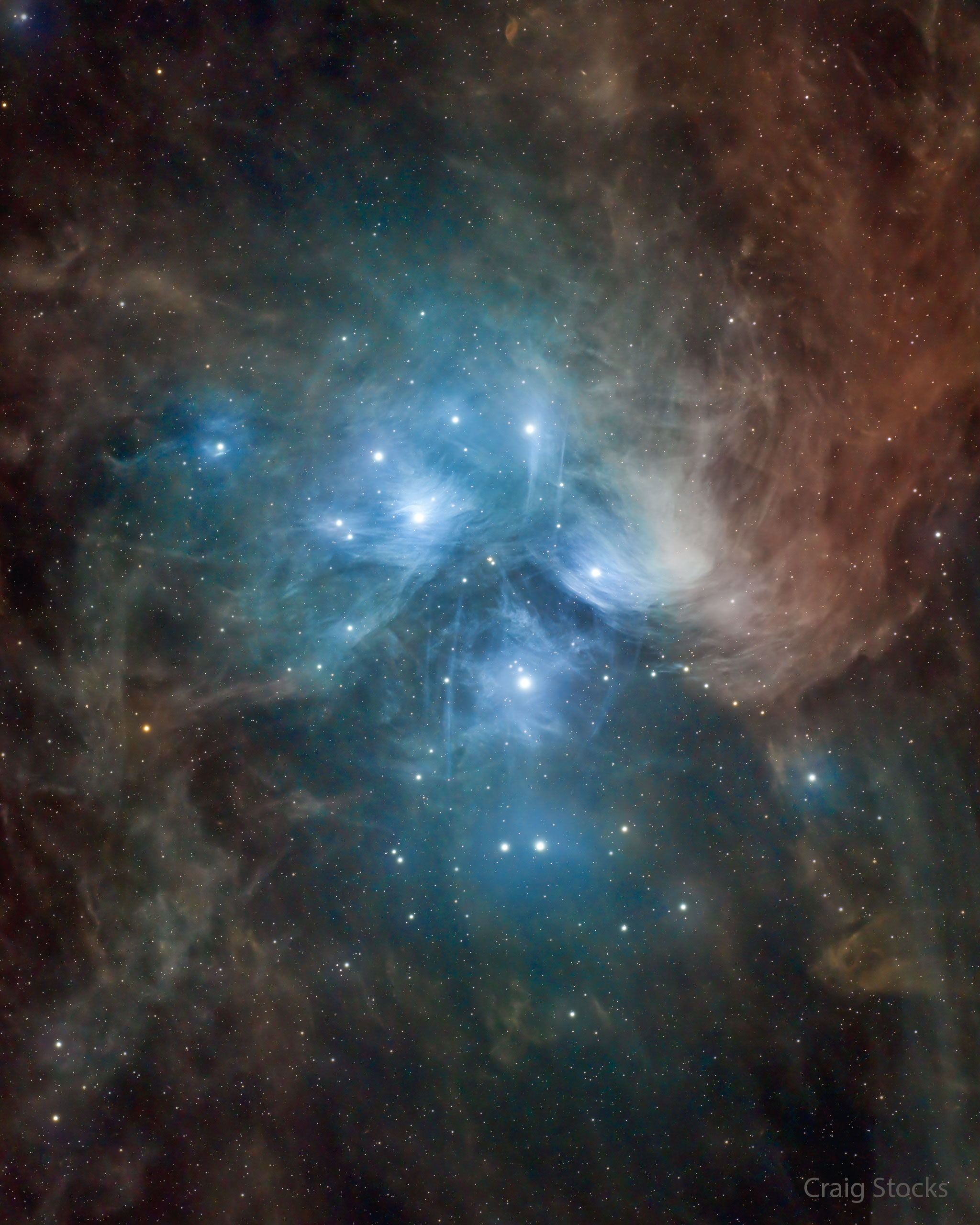126
1
Scale of the Universe: Discover the vast ranges of our visible and invisible world.
(scaleofuniverse.com)
127
128
129
130
131
132
133
134
0
135
136
137
138
139
140
141
142
143
144
145
146
147
148
149
0
China's Mars Lander Detects Subsurface Geometrical Shapes in Scientific First
(www.sciencealert.com)
150
0
Spiral galaxies like the Milky Way are surprisingly rare. Astronomers may finally know why.
(www.livescience.com)
